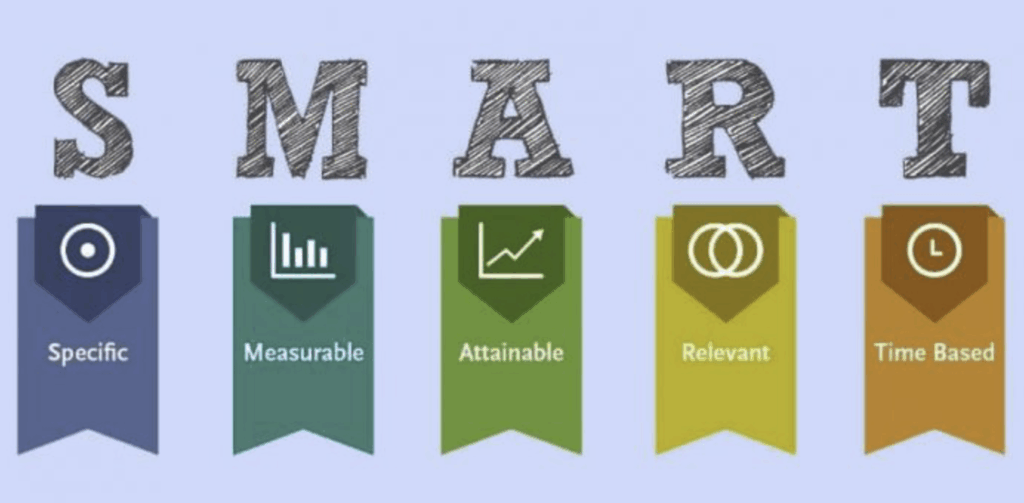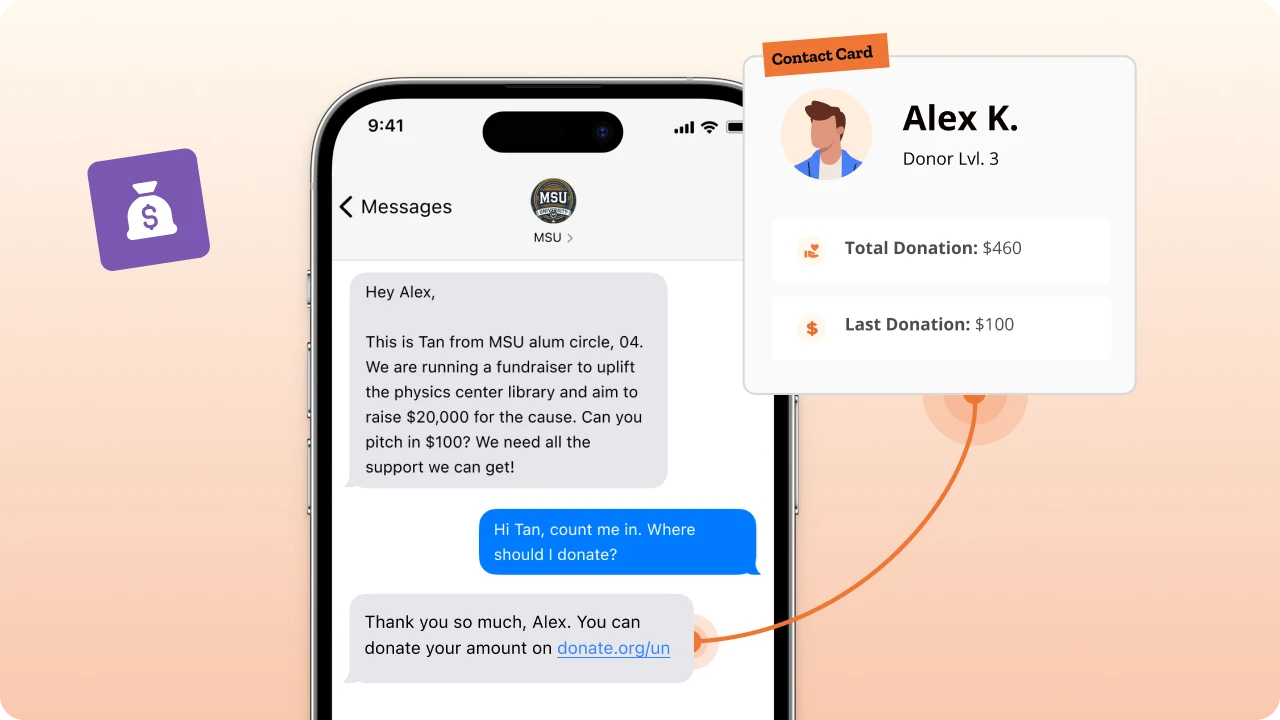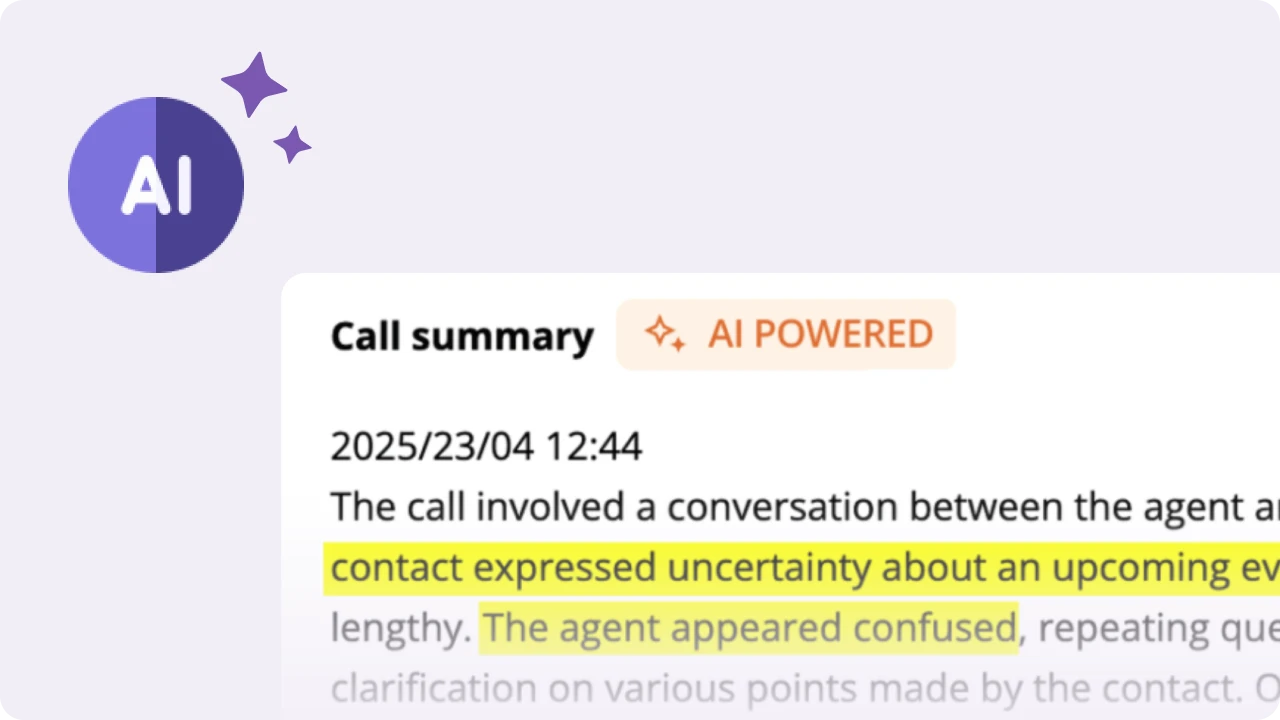Table of Contents
Every successful fundraising campaign begins with a clear, achievable goal. The right fundraising goals act as a compass for your team, guiding decisions, motivating action, and ensuring every effort aligns with your mission. On the other hand, vague or unrealistic goals can cause confusion, waste resources, and lead to missed opportunities.
So, how do you set fundraising goals that are both inspiring and attainable? Let’s explore how your nonprofit can create a goal-setting strategy that drives real, measurable impact, campaign after campaign.
Why fundraising goals matter
A strong goal is more than just a number; it’s your campaign’s story. It defines what you’re trying to achieve, motivates your team, and builds trust with donors.
Setting the right goals ensures:
- Clarity: Everyone knows what success looks like.
- Motivation: Your team has a shared vision to strive toward.
- Accountability: You can measure progress and make adjustments as needed.
When goals are well-structured, they provide your campaign with the momentum it needs to inspire action and maintain donor confidence.
Fundraising in action: London Marathon

Source: MVP
One of the world’s largest charity races, the London Marathon united over 53,000 runners to fundraise for hundreds of nonprofit causes. They raised $90 million.
The event’s success comes from mass participation, a stellar reputation built over the years, and a seamless online donation platform. Everyone, from individual runners to major corporate partners, could set personal fundraising goals, making small donations add up to a tremendous impact. The lesson: broad engagement, trusted branding, and simple digital giving drive results.
Key components of effective fundraising goals
A successful fundraising goal should be specific, measurable, achievable, relevant, and time-bound.
These key elements form the solid foundation of any campaign, whether you are focused on online giving, capital campaigns, or a single fundraising event.
Before setting new goals, take a step back and evaluate the big picture by assessing past performance, how much money was raised, how many donors contributed, and which channels delivered the strongest results.
1. Specificity
Be clear about what you want to achieve. Instead of vague statements like “raising money,” define tangible goals that guide your actions. For instance:
- Fund education for 100 children in Q2 2025.
- Engage 50 repeat donors through your recurring giving program.
- Secure 20 major gifts during your next gala event.
Specific goals help your staff members stay aligned, prioritize their work, and move the campaign in the right direction.
When writing your blog post or designing marketing materials, clarity also helps supporters understand exactly how their gifts will be used.
Read Also: How You Can Create the Best Campaign Strategy Plan
2. Measurability
What gets measured gets improved. Measurable goals allow you to evaluate progress across channels like email campaigns, social media posts, or online fundraising platforms.
According to GoFundMe, some of your primary measurable fundraising goals could be:
- Raising a specific amount of money
- Secure new supporters
- Raise awareness about a cause or fundraising activities.
Adding tools such as a fundraising thermometer on your website or donation page can motivate your audience and visually show progress.
You can use software like CallHub to integrate phone banking, texting, and email campaigns into one platform and monitor engagement metrics and conversion rates in real-time.
3. Alignment with mission
Your goals should align with and reinforce your nonprofit’s purpose. According to the National Institutes of Health, expressed positive emotion is linked to higher levels of giving and volunteering, especially within community-building contexts. When donors see their contributions directly tied to your mission, they feel more connected and inspired to give again.
For example, if you’re an environmental organization, set goals that support specific restoration projects. Alignment increases transparency and strengthens future fundraising campaigns, especially when working with corporate sponsors or applying for Double the Donation matching opportunities.
When everything connects back to your mission, you help donors understand the essential elements of your work.
Read Also: Donor Recognition Ideas: How to Build Loyalty and Support
Step-by-step: how to set SMART fundraising goals

Image source: Silent Partner Software
The SMART framework for goal-setting provides a compelling set of criteria to create effective goals:
- Specific
- Measurable
- Achievable
- Relevant
- Time-bound
Use this SMART checklist for a clearer understanding:
| Criterion | Example | Checklist Question |
| Specific | “Raise $50,000 for healthcare kits” | What, exactly, are we funding? |
| Measurable | “Engage 200 new donors” | How will we track it? |
| Achievable | “Fits historic donor growth curve” | Can we realistically reach it? |
| Relevant | “Supports emergency relief efforts” | Does it further our mission? |
| Time-Bound | “By December 31, 2025” | Is there a clear deadline? |
SMART goals give both your donors and your team something tangible to aim for. Here is a step-by-step guide towards your SMART fundraising goals:
1. Review your baseline
Look at past data: total money raised, your donor retention rate, and what worked (or didn’t).
Example: If you raised $120 thousand last year with a 10% donor growth rate, setting a $150K goal for 2025 is realistic, stretching, but achievable.
2. Define your primary objective
Decide what success means for this campaign: Is it dollar-based, donor-based, or conversion through your donation form?
Your objective determines every subsequent step.
3. Segment your donors
Not every donor gives equally. Segment supporters into:
- Major donors
- Recurring donors
- First-time donors
- Lapsed donors
Create different engagement and giving levels for each segment. CallHub’s donor segmentation tools can help you group and reach supporters with targeted messages.
Read Also: The Ultimate Guide of Donor Retention Strategies | CallHub
4. Set your milestones
Break big goals into monthly or quarterly milestones to track momentum.
Example:
“Reach $50K by April 30, $100K by July, and full goal by year-end.”
5. Choose your KPIs
KPIs (key performance indicators) show whether your strategy’s working.
Focus on metrics like:
- Donor retention rate
- Average gift size
- New donor acquisition rate
- Second-gift conversion rate
- Fundraising ROI
Track these across online giving, peer-to-peer engagement, and social media campaigns.
6. Assign accountability
Make sure every goal has an owner, someone who tracks, reports, and optimizes performance.
Use dashboards and CRM integrations (like those in CallHub) for real-time visibility.
Strategies to achieving fundraising goals
Achieving your fundraising goals requires more than setting targets; it demands consistent engagement, diversified outreach, and a seamless donor experience to help you raise funds effectively.
1. Diversify fundraising channels
Relying on a single channel can limit your reach. Instead, embrace a multichannel fundraising approach that meets donors where they are. Combine:
- Email campaigns for storytelling and updates.
- Peer-to-peer fundraising to leverage supporter networks.
- Text-to-donate for quick and convenient contributions.
- Phone calls for personalized outreach.
- Social media campaign to amplify your message and build community.
Platforms like CallHub unify these channels, allowing you to run calling campaigns, send personalized text messages, and follow up with emails, all from one dashboard. This ensures consistent communication across touchpoints, maximizing engagement and conversion.
2. Engage donors with transparency and gratitude
Donor engagement is at the heart of sustainable fundraising. Share updates on campaign progress, highlight impact stories, and express gratitude for every contribution.
You can use CallHub’s texting and calling tools to follow up with thank-you messages, send impact updates, or invite donors to upcoming events, all while keeping communication personal and efficient.
Read Also: The Best Donor Engagement Strategies For Your Nonprofit
3. Optimize the donation experience
Even the most inspired donor can drop off if the donation process feels complicated. Simplify every step of the journey by:
- Creating a mobile-optimized donation page.
- SImple donation form
- Offering flexible payment options.
- Enabling recurring giving.
- Adding clear progress bars or storytelling elements to motivate donors.
A frictionless experience encourages generosity and boosts repeat giving.
Tracking and evaluating fundraising progress
The success of your campaign depends on how well you track and refine your approach. Regular progress reviews help identify trends, measure success, and improve strategy.
Monitor key performance indicators (KPIs) like i have mentioned before.
Track your engagement across communication channels and measure the impact of every call, text, or email.
Non-profit organizations can effectively establish their own unique fundraising KPIs by:
- Identifying their specific fundraising goals and objectives
- Strategically determining key metrics that align with those goals
- Confidently setting targets or benchmarks for each KPI
- Proactively monitoring and analyzing the data
- Utilizing technology and tools to streamline the process
Read Also: The Donor Management Process: The Secret To Building Unreserved Donor Loyalty
Bringing your fundraising goals together
Strong fundraising goals spark action, build momentum, and show donors their impact. Take the next step: set your SMART goal, unify your outreach, and exceed your targets.
Launch your campaign today with CallHub and see your mission grow with every donor and every message.
Frequently asked questions on fundraising goals
Why do fundraising goals matter for nonprofits?
Fundraising goals matter because they provide clarity, motivate the team, and build trust with donors by defining what success looks like, ensuring efforts are aligned with the organization’s mission, and enabling progress measurement.
What are the key components of effective fundraising goals?
Effective fundraising goals should be specific, measurable, achievable, relevant, and time-bound, with prior assessment of past performance to guide realistic target setting.
How can I set SMART fundraising goals for my organization?
To set SMART goals, review past data, define clear primary objectives, segment supporters, establish milestones, choose relevant KPIs, and assign accountability for tracking progress.
What strategies can help achieve fundraising goals?
Achieve goals by diversifying channels like email, social media, and peer-to-peer fundraising, engaging donors transparently, expressing gratitude, and optimizing the donation process for ease and flexibility.
Why is tracking and evaluating fundraising progress important?
Tracking progress allows organizations to identify trends, measure success, refine strategies, and ensure that KPIs align with and support fundraising objectives, ultimately driving campaign efficiency and impact.


